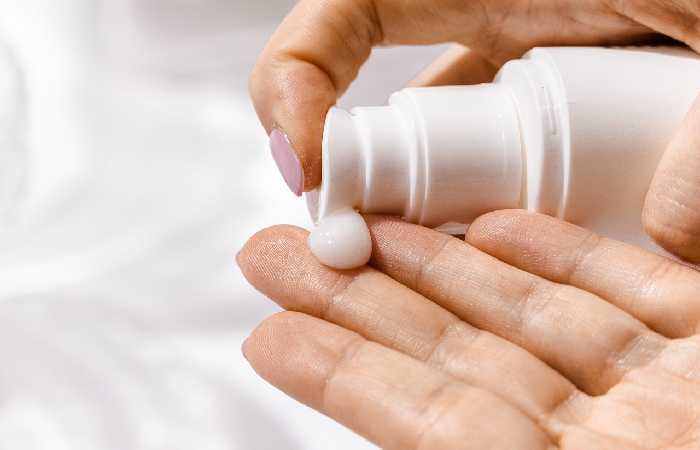Table of Contents
Introduction
The Impact of Sunscreen: Sunscreen reduces the risk of sunburn and skin cancer, but they also limit skin ageing resulting from sun exposure.
Still, once summer arrives, it is essential to remember good use practices: how to apply your sunscreen well? Should we wait before exposing ourselves? After how long do I have to put it back? And besides, how do sunscreens work?
How Does Sunscreen Work?
Sunscreens are all made up of two components: the active ingredient and the emulsion.
The active ingredient is accountable for sun protection. There are two types: ultraviolet (UV) radiation absorbers and reflectors.
UV absorbers are chemical compounds capable of absorbing UV radiation and converting it into heat. It is light heat, so low that most people don’t notice it – however, a small proportion of people who use such sunscreens complain that they make them hot. The Impact of Sunscreen. These UV-absorbing compounds are sometimes called “organic” because they contain carbon atoms, which are the basis of all organic matter.
Some of these sunscreens absorb UVB, the part of the light spectrum responsible for sunburn and contributes to the risk of skin cancer. Others absorb UVA, which has a longer wavelength.
Recent scientific work suggests that UVA penetrates deeper into the skin and may also contribute to skin cancer by compromising the immune response to DNA damage. The use of “broad spectrum” sunscreens is therefore recommended, as they are the ones that offer the best protection.
UV “reflectors” consist mainly of oxides, such as zinc oxide and titanium oxide, which absorb and disperse UV radiation.
Most sunscreens contain more than one important active ingredient, with some containing up to six or more.
The emulsion – lotion, milk, creams, oil, foam or gel – is the component that transports the active ingredient. It usually consists of a combination of oil and water and other ingredients meant to preserve sunscreen so that it doesn’t degrade when stored, whether on store shelves or in your wardrobe.
These ingredients also play a role in the product’s water-resistance and influence its texture and smell/ability to adhere to the skin.
When And How To Apply Sunscreen?
Observed under a microscope, the skin consists of an alternation of peaks and hollows. The coating about twenty minutes before exposing yourself gives the sunscreen time to distribute properly in said hollows and thus adhere appropriately to the skin.
It is also essential to apply sunscreen generously. Most users put too little (usually 20-75% of the amounts needed to get the sun protection indicated on the label). The Impact of Sunscreen. Applying the equivalent of one teaspoon per limb usually makes sure you’ve put in the right amount.
The same goes for the face, the front of the torso and the back. If you are on the beach in swim shorts or a bikini, that’s seven teaspoons, or about 35m.
Distribute the sunscreen well, and reapply it every two hours (even if it says your product is water-resistant for four hours), or even more often if you are particularly active (if you sweat, if you have wiped your skin, etc.).
It is also recommended that you check the expiration date of your sunscreen. It also uses other types of protection for your skin: hats, clothes, and shaded pitches. And feel free to stay indoors during the periods of the day when UV rays are highest, usually between noon and noon and a half, solar time.
How Long Can I Stay In The Sun With Sunscreen?
It is wiser not to stay in the sun longer than the activity originally planned requires. You are exposing yourself longer simply because you feel like you’ve put on “UV-resistant armour” (which sunscreens aren’t).
In addition, the activities we practice often end up removing sunscreen, which decreases its effectiveness, even if it follows the recommendations as best as possible. Just scratch, wipe the water you’ve had in your eyes, hug your children, rub against a tree or your best friend.
And again, we must not forget that if these products filter the sun’s rays. They do not stop them completely.
Besides, can you still sunbathe if you apply your sunscreen correctly? The answer is no. Indeed, if sunscreen is using correctly. It decreases UV exposure so that the biological processes responsible for tanning are not triggering.

